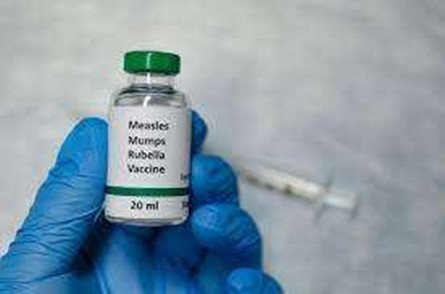A nurse is caring for a newborn.
Which of the following assessment findings should indicate to the nurse that suctioning of the nasopharynx is needed?
The newborn's respiratory rate is 32/min.
The newborn's respiratory rate is irregular.
The newborn is beginning to cough.
The newborn's pulse oximetry is 91.
None of the above
The Correct Answer is E
None of the choices provided indicate that suctioning of the nasopharynx is needed for a newborn.
Nasopharyngeal suctioning is performed to remove mucus or saliva from the back of the throat when a newborn is unable to cough or swallow. It is commonly used in infants with bronchiolitis.
Choice A, “The newborn’s respiratory rate is 32/min,” is not an answer because a respiratory rate of 32/min is within the normal range for a newborn.
Choice B, “The newborn’s respiratory rate is irregular,” is not an answer because irregular breathing paterns are common in newborns.
Choice C, “The newborn is beginning to cough,” is not an answer because coughing is a normal reflex that helps clear the airway.
Choice D, “The newborn’s pulse oximetry is 91,” is not an answer because pulse oximetry measures oxygen saturation and does not indicate the need for nasopharyngeal suctioning.
Nursing Test Bank
Naxlex Comprehensive Predictor Exams
Related Questions
Correct Answer is C
Explanation
Rubella vaccine is a live atenuated vaccine and women should avoid pregnancy for at least 28 days after receiving the vaccine.

Choice A is incorrect because the rubella vaccine is given as a single dose, not a series of three immunizations.
Choice B is incorrect because joint pain is a common side effect of the rubella vaccine and does not need to be reported immediately to the provider.
Choice D is incorrect because breastfeeding is not contraindicated following rubella immunization.
Correct Answer is D
Explanation
A nurse conducting a class for a group of clients about birth control should include information about having an annual examination to assess their diaphragm.
A diaphragm should be replaced at least every 2 years and it’s important to
bring it to an annual checkup so the healthcare provider can check the fit.
Choice A is incorrect because spermicide should be used immediately before sexual intercourse, not 3 hours prior.
Choice B is incorrect because fertility can return immediately after IUD removal.
Choice C is incorrect because emergency contraception is intended for backup contraception only and not as a primary method of birth control
Whether you are a student looking to ace your exams or a practicing nurse seeking to enhance your expertise , our nursing education contents will empower you with the confidence and competence to make a difference in the lives of patients and become a respected leader in the healthcare field.
Visit Naxlex, invest in your future and unlock endless possibilities with our unparalleled nursing education contents today
Report Wrong Answer on the Current Question
Do you disagree with the answer? If yes, what is your expected answer? Explain.
Kindly be descriptive with the issue you are facing.
